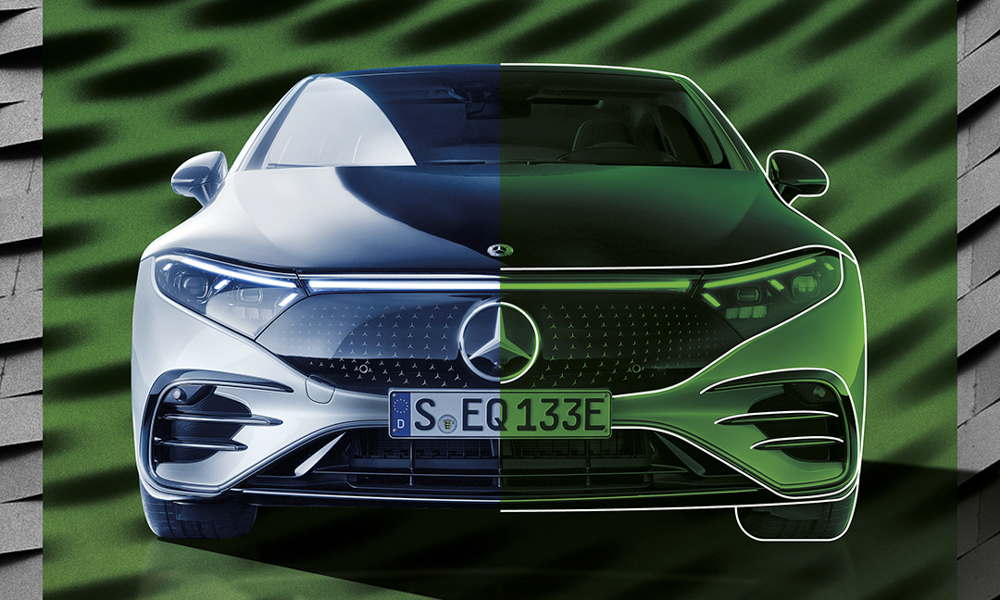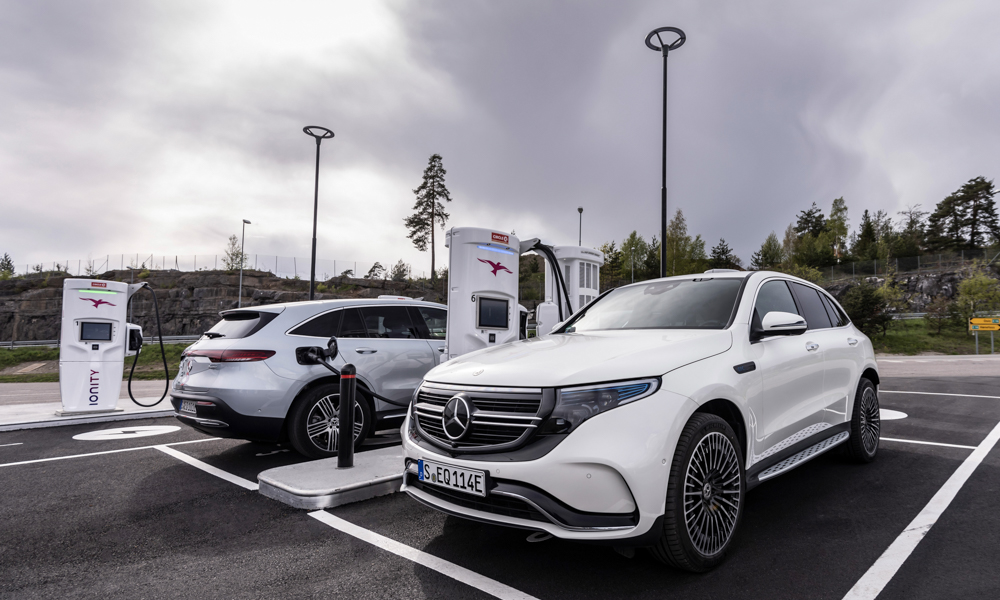
When one talks about environment-friendly cars, it’s mostly about the powerplant. Carmakers either employ hybrid systems or completely ditch piston engines for electric motors. But manufacturers are continuing to find ways to make vehicles greener beyond tailpipe emissions. Some are making use of recycled materials or harnessing solar power. But Mercedes-Benz has an ingenious way of lessening its carbon footprint.
The automaker has plans of using carbon-free steel in its vehicles beginning in 2025. The first order of business is investing in the Swedish startup H2 Green Steel. And then, instead of just paying duties for its carbon production, Mercedes-Benz is now working with H2GS to retool its supply chain to reduce (and eventually eliminate) carbon-dioxide emissions. All of these are in line with the German firm’s “Ambition 2039” project—the goal of which is to have a completely carbon-neutral product line by 2039.

Now, a typical Mercedes product is made up of 50% steel. This accounts for roughly 30% of the greenhouse emissions produced by the company’s various manufacturing processes. The coking of coal for use in classic blast furnaces emits up to two tons of carbon dioxide per ton of steel produced. The new procedure makes use of hydrogen instead of coal. The hydrogen is a reduction gas that binds with the oxygen coming off the iron ore. The byproduct of this method is only water (which is obviously carbon-free). Furthermore, the automaker will source 100% of its electricity requirements from renewable sources.
This is just one of the many moves Mercedes-Benz is doing to achieve carbon-neutrality. In fact, majority of its suppliers have agreed to provide the automaker only carbon-free components and raw materials. The company believes that this is one way of reducing the negative environmental impact of personal mobility.


0 Comments